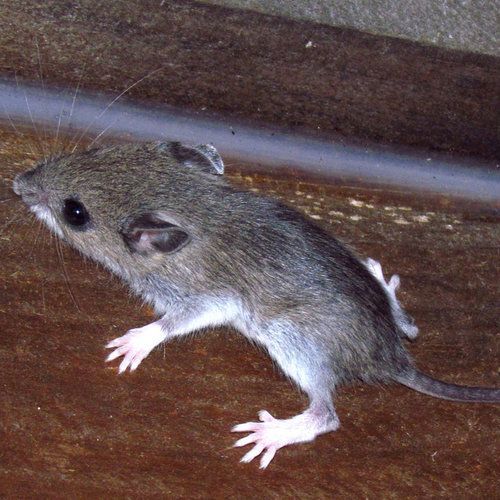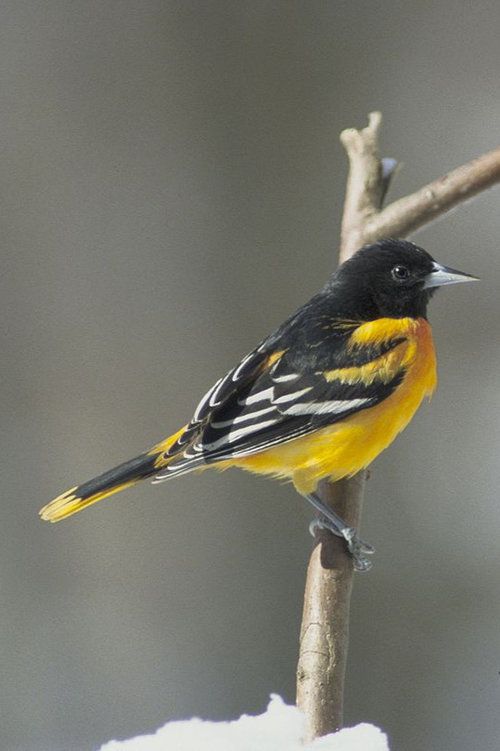SAVANNA
Dry-Mesic Savanna
Oak savannas were prominent among the natural landscapes of the Upper Midwest, occupying a broad transitional zone between two major biomes: the Eastern Deciduous Forest and the Tallgrass Prairie. The Midwest oak savanna can be characterized as an ecosystem where the most conspicuous plants are trees, but the most important species are the grasses. (“Mesic” is a term that means that the area occupies the middle portion of the hydrological range, i.e., neither very dry nor very wet.)
For thousands of years, landscape-scale fires favored the growth of plant species adapted to a regimen of routine burns; as a result, trees in a savanna are widely spaced, generally producing a canopy cover of about 10 to 50 percent. Savannas are, therefore, places of relatively abundant sunshine. Most of our savanna areas were quickly settled (and thereby altered) when European settlers arrived in this area during the early nineteenth century. In the absence of frequent fire, many savannas have closed in, becoming shadier and more humid over time.
Common Plants
Common Animals
Mesic Savanna
Oak savannas once occupied much of the landscape of the Upper Midwest, positioned as a broad transitional zone between the Eastern Deciduous Forest and the Tallgrass Prairie. In the Midwest oak savanna, widely spaced trees are conspicuous members of the plant community, while abundant grasses (and wildflowers) cover the ground.
Here, the mesic savanna occurs on relatively level ground where fine-textured soils can hold moisture. (“Mesic” is a term that means that the area occupies the middle portion of the hydrological range, i.e., neither very dry nor very wet.)
Common Plants
Common Animals
Our Mission: To link people to nature through education and research, in the northern Illinois and southern Wisconsin area. We promote awareness of the natural world, fostering respect, enjoyment, and preservation now and in the future.
Contact us
8786 Montague Rd.
Rockford, IL 61102
Business Hours
- Mon - Sat
- -
- Sunday
- Closed
The Grove Nature Playscape and the trails
are open from sunrise to sunset.
Website Navigation
Business Sponsors
Slide title
Write your caption hereButton
Slide title
Write your caption hereButton
Slide title
Write your caption hereButton
Slide title
Write your caption hereButton
Slide title
Write your caption hereButton
Slide title
Write your caption hereButton
Slide title
Write your caption hereButton
Slide title
Write your caption hereButton
Slide title
Write your caption hereButton
Slide title
Write your caption hereButton
Slide title
Write your caption hereButton
Slide title
Write your caption hereButton
Slide title
Write your caption hereButton
Slide title
Write your caption hereButton
Slide title
Write your caption hereButton
Slide title
Write your caption hereButton
Slide title
Write your caption hereButton
Slide title
Write your caption hereButton
Slide title
Write your caption hereButton
Slide title
Write your caption hereButton
Slide title
Write your caption hereButton
Slide title
Write your caption hereButton
Slide title
Write your caption hereButton
Slide title
Write your caption hereButton
Slide title
Write your caption hereButton
Slide title
Write your caption hereButton
Slide title
Write your caption hereButton
©2023 | All Rights Reserved | Severson Dells Nature Center
Website powered by Neon One

